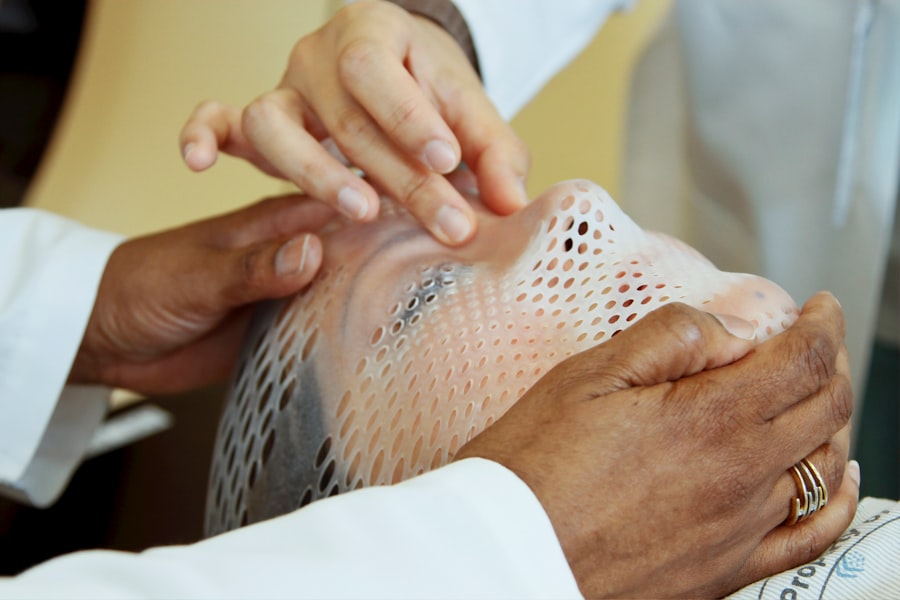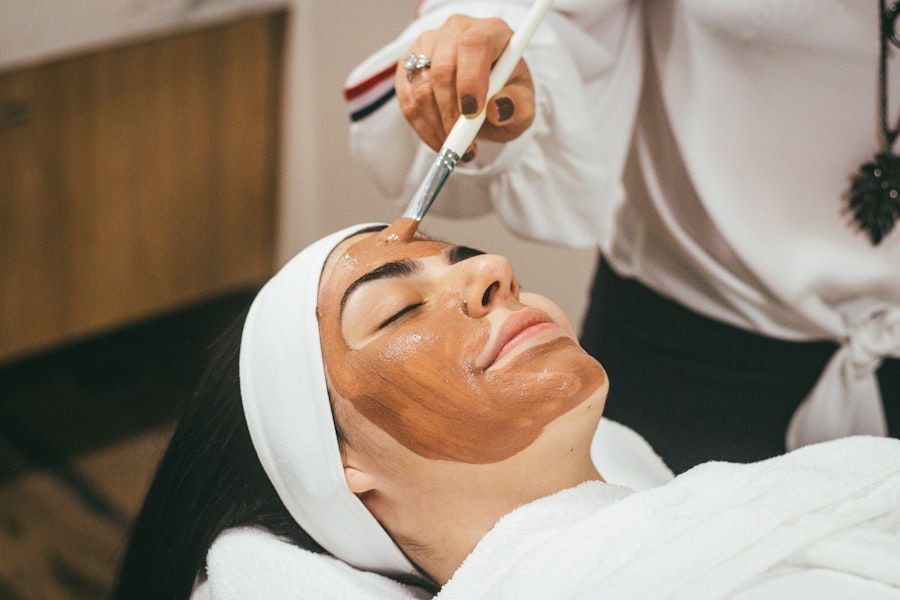Dark armpits can be a source of embarrassment for many individuals, affecting self-esteem and confidence. This condition, known medically as axillary hyperpigmentation, occurs when the skin in the underarm area becomes darker than the surrounding skin. Various factors contribute to this phenomenon, including genetics, hormonal changes, and certain medical conditions.
Additionally, lifestyle choices such as shaving, using harsh deodorants, or wearing tight clothing can exacerbate the issue. Understanding the underlying causes of dark armpits is crucial for determining the most effective treatment options. You may find that dark armpits are more common than you think.
Many people experience this condition at some point in their lives, and it can affect individuals of all skin types. While it is not typically a serious medical concern, the psychological impact can be significant. You might feel self-conscious wearing sleeveless tops or participating in activities that expose your underarms.
Recognizing that you are not alone in this struggle can be the first step toward seeking solutions and regaining your confidence.
Key Takeaways
- Dark armpits can be caused by various factors such as shaving, friction, and hyperpigmentation.
- Laser treatment works by targeting the melanin in the hair follicles to reduce pigmentation and hair growth.
- Potential side effects of laser treatment may include redness, swelling, and temporary pigment changes.
- Before laser treatment, it is important to avoid sun exposure and certain skincare products to minimize the risk of side effects.
- During and after laser treatment, patients can expect some discomfort and temporary skin changes, but long-term results can be achieved with multiple sessions.
How Laser Treatment Works
Laser treatment for dark armpits is a popular option that utilizes focused light energy to target and break down excess melanin in the skin. The procedure works by emitting specific wavelengths of light that penetrate the skin’s surface, effectively targeting the pigmented areas without damaging the surrounding tissue. This precision allows for a more effective treatment with minimal discomfort.
As the laser energy is absorbed by the melanin, it causes the pigment to fragment, which your body then naturally eliminates over time. You may be curious about the different types of lasers used in these treatments. Commonly employed lasers include Q-switched lasers and fractional lasers, each designed to address pigmentation issues in unique ways.
Q-switched lasers are particularly effective for targeting specific pigmented lesions, while fractional lasers promote overall skin rejuvenation by stimulating collagen production. Depending on your skin type and the severity of your hyperpigmentation, your dermatologist will recommend the most suitable laser treatment for your needs.
Potential Side Effects of Laser Treatment

While laser treatment can be an effective solution for dark armpits, it is essential to be aware of potential side effects. Common side effects include redness, swelling, and mild discomfort in the treated area. These symptoms typically subside within a few hours to a few days following the procedure.
However, in some cases, you may experience more severe reactions such as blistering or changes in skin texture. It is crucial to discuss these risks with your dermatologist before undergoing treatment to ensure you have realistic expectations. Another consideration is the possibility of hyperpigmentation or hypopigmentation following laser treatment.
In some individuals, especially those with darker skin tones, there is a risk that the treated area may become darker or lighter than the surrounding skin. This is why it is vital to choose a qualified and experienced practitioner who understands how to tailor treatments to your specific skin type and condition. By doing so, you can minimize the risk of adverse effects and achieve optimal results.
Preparing for Laser Treatment
| Aspect | Details |
|---|---|
| Preparation | Shave the treatment area before the appointment |
| Medication | Avoid certain medications like aspirin before the treatment |
| Skin Care | Avoid sun exposure and tanning beds before the treatment |
| Clothing | Wear comfortable clothing to the appointment |
Preparation for laser treatment is an essential step that can significantly influence the outcome of your procedure. Before your appointment, you should schedule a consultation with your dermatologist to discuss your medical history and any medications you are currently taking. This information will help your doctor determine if you are a suitable candidate for laser treatment and if any adjustments need to be made to your treatment plan.
In the days leading up to your treatment, you may be advised to avoid certain activities and products that could irritate your skin. For instance, refrain from using exfoliating scrubs or harsh skincare products that contain retinoids or acids. Additionally, it is advisable to avoid sun exposure and tanning beds, as tanned skin can increase the risk of complications during treatment.
By following these guidelines, you can help ensure that your skin is in optimal condition for the procedure.
What to Expect During and After Treatment
During the laser treatment itself, you can expect a sensation similar to a rubber band snapping against your skin as the laser targets the pigmented areas. Most practitioners will apply a topical anesthetic to minimize discomfort, making the experience more tolerable. The duration of the procedure will depend on the extent of the area being treated but typically lasts between 15 to 30 minutes.
After the treatment, you may notice some redness and swelling in the treated area, which is entirely normal. Your dermatologist will provide aftercare instructions to help manage these symptoms and promote healing. It is essential to follow these guidelines closely, which may include applying soothing creams or ointments and avoiding strenuous activities for a few days.
As your skin heals, you should begin to see gradual improvements in pigmentation over several weeks.
Alternatives to Laser Treatment

Topical Treatments
Topical treatments containing ingredients such as hydroquinone, kojic acid, or azelaic acid can help lighten hyperpigmented areas over time. These products work by inhibiting melanin production and promoting cell turnover, leading to a more even skin tone.
Chemical Peels
Another alternative is chemical peels, which involve applying a solution to exfoliate the top layers of skin and encourage new cell growth. This method can effectively reduce pigmentation while improving overall skin texture.
Natural Remedies
Additionally, some individuals may find success with natural remedies such as lemon juice or aloe vera gel; however, these options may take longer to show results and should be used with caution to avoid irritation.
Maintaining Results
Once you achieve your desired results from laser treatment or any alternative method, maintaining those results is crucial for long-term satisfaction. One of the most effective ways to prevent darkening of the underarm area is by practicing good hygiene and skincare habits. Regularly exfoliating the area can help remove dead skin cells and prevent buildup that may contribute to pigmentation issues.
Additionally, consider switching to gentle deodorants that do not contain harsh chemicals or fragrances that could irritate your skin. Wearing loose-fitting clothing can also help reduce friction and irritation in the underarm area. Finally, protecting your skin from sun exposure by applying sunscreen can prevent further pigmentation changes and keep your underarms looking their best.
Consultation with a Dermatologist
Before embarking on any treatment journey for dark armpits, consulting with a qualified dermatologist is essential. A professional can assess your specific condition and recommend personalized treatment options tailored to your needs. During this consultation, be open about your concerns and expectations so that your dermatologist can provide you with realistic outcomes based on their expertise.
Your dermatologist will also guide you through pre-treatment preparations and post-treatment care, ensuring that you are well-informed at every step of the process. By establishing a strong relationship with your dermatologist and following their advice closely, you can enhance your chances of achieving successful results while minimizing potential risks associated with treatments for dark armpits.
If you are looking for more information on how laser treatments can help remove dark armpits, check out this article on




